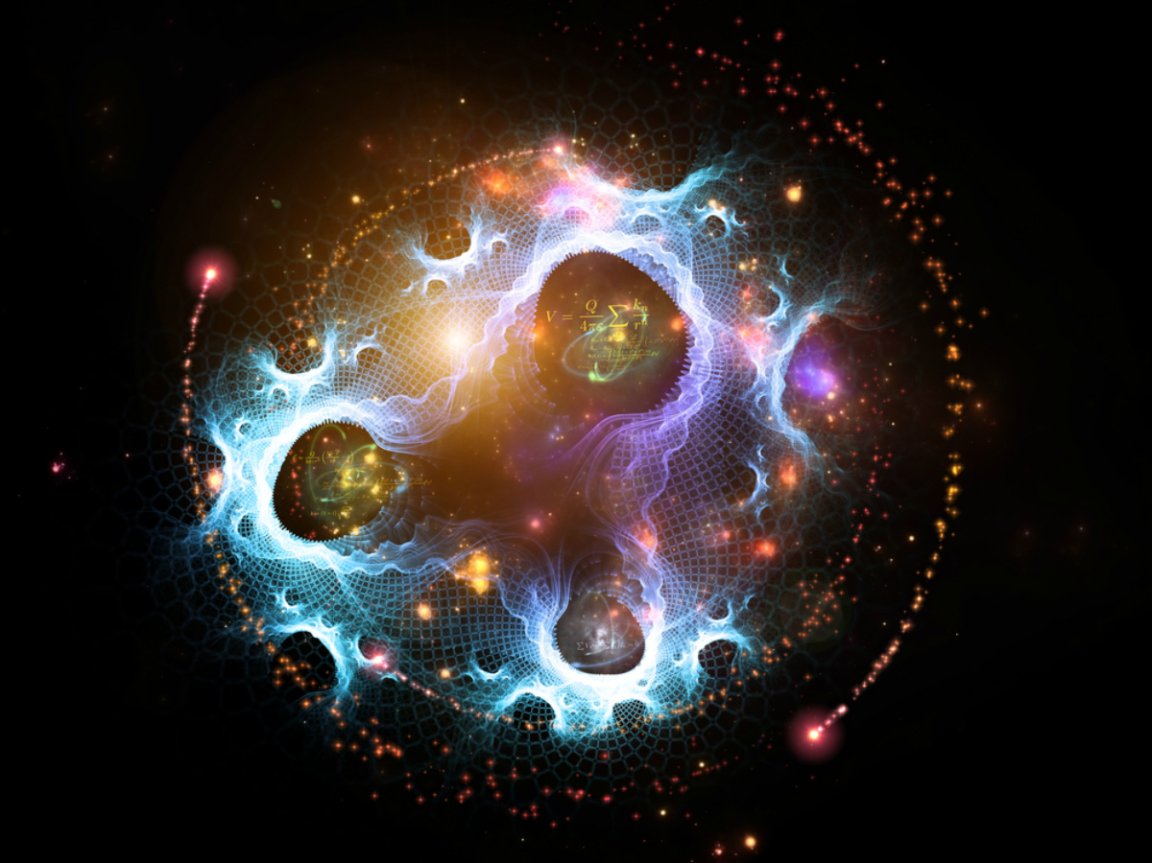
Strange Science
Science often isn’t a bold “Eureka!,” a shout that that is loudly proclaimed after decades of painstaking research. Rather, many times, it begins with a “Huh, that’s funny,” and it ends someplace entirely unexpected. Case in point: This week, physicists announced that they uncovered a hidden connection between a famous 350-year-old mathematical formula for pi and quantum mechanics.
Pi is the ratio between a circle’s circumference and its diameter. And in relation to this most recent paper, the research all goes back to English mathematician John Wallis.
In 1655, Wallis published a formula for calculating pi as the product of an infinite series of ratios. In a paper published this week in the Journal of Mathematical Physics, University of Rochester physicists announced they had discovered the same formula in their calculations of a hydrogen atom’s energy levels.
So in a weird way, pi and quantum mechanics have a connection.

The Discovery
Rochester physicist Tamar Friedmann and co-author Carl Hagen were working on a specific kind of technique, known as the ‘variation principle,’ that could be used to approximate the energy states of quantum systems. Hagen was attempting to demonstrate the technique for his students. Notably, in this case, he was working with the hydrogen atom. But when Hagen went to solve the equations, he noticed that the error bars were the exact opposite of what the technique is supposed to produce.
Hagen explains, “At the lower energy orbits, the path of the electron is fuzzy and spread out. At more excited states, the orbits become more sharply defined and the uncertainty… decreases.” As they worked out this trend, they quickly realized that what they got from the hydrogen atom was a manifestation of the Wallis formula for pi – the first time it had even been derived from physics.
“We weren’t looking for the Wallis formula for pi. It just fell into our laps,” Hagen said in a press release. “It was a complete surprise,” added Friedmann. “I jumped up and down when we got the Wallis formula out of equations for the hydrogen atom.”
Just a little proof that, sometimes, science takes you to some odd places.